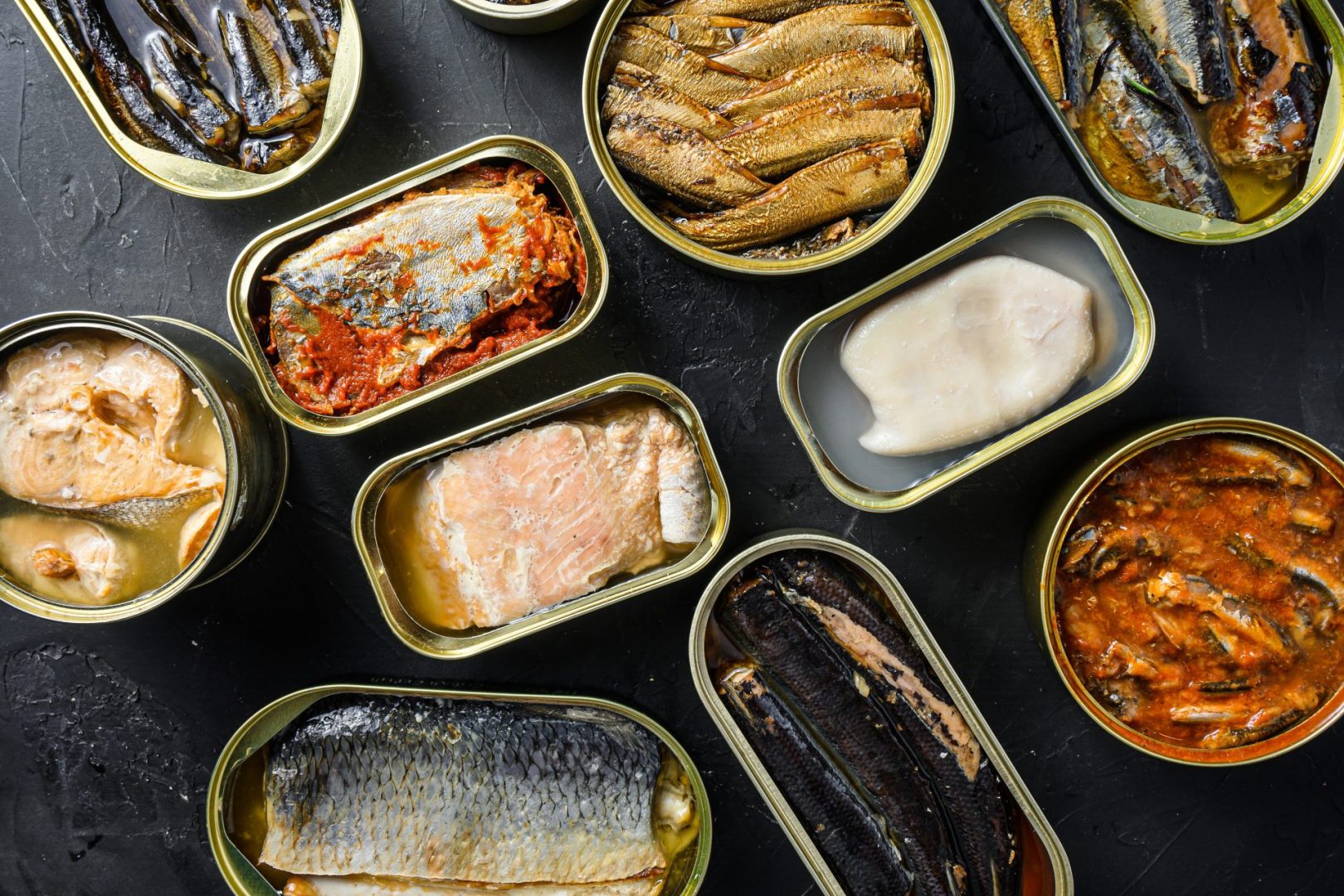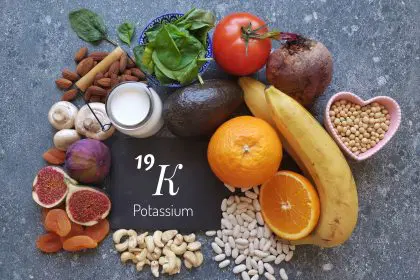Walk into any trendy restaurant lately and you might notice something surprising on the menu – tinned fish. What was once considered a humble pantry staple has undergone a remarkable transformation, becoming the darling of food enthusiasts, health-conscious celebrities, and nutrition experts who’ve discovered the incredible benefits hiding inside those small metal containers.
The tinned fish revolution isn’t just about fancy restaurant presentations or Instagram-worthy charcuterie boards. Behind the trend lies a nutritional powerhouse that delivers exceptional value, convenience, and health benefits that many fresh fish options simply can’t match. Understanding what makes these preserved treasures so special can revolutionize your approach to healthy eating without breaking the bank.
The appeal extends far beyond simple convenience, though that’s certainly part of the story. Tinned fish offers a unique combination of shelf stability, concentrated nutrition, and culinary versatility that makes it invaluable for busy lifestyles. Plus, the preservation process often enhances certain nutrients, creating products that can actually be more nutritious than their fresh counterparts.
The nutritional transformation that happens in the can
The canning process does something remarkable to fish – it concentrates and preserves nutrients in ways that often exceed fresh fish nutritional profiles. The high-heat processing breaks down proteins into more easily absorbed forms while locking in essential vitamins and minerals that might otherwise degrade over time.
Omega-3 fatty acids, those crucial healthy fats that support heart health and brain function, remain remarkably stable throughout the canning process. In fact, some canned fish varieties contain higher concentrations of these beneficial fats than fresh fish that’s been stored and transported over long distances.
The calcium content in many tinned fish varieties gets a significant boost from an unexpected source – the soft, edible bones that become tender during processing. These tiny bones, barely noticeable when eating, provide substantial amounts of bioavailable calcium that your body can easily absorb and utilize for bone health.
Protein quality in tinned fish rivals the best fresh options while offering superior convenience and longer storage life. The complete amino acid profiles found in canned fish make them excellent alternatives to more expensive protein sources, delivering all the building blocks your body needs for muscle maintenance and repair.
Sardines: the tiny fish with massive benefits
These small, silvery fish pack an incredible nutritional punch that far exceeds their modest size. A single can of sardines delivers substantial protein – often exceeding what you’d find in expensive cuts of meat – while providing a complete array of essential nutrients that support multiple aspects of health.
The omega-3 content in sardines is particularly impressive, offering levels that rival expensive fish oil supplements. These healthy fats support cardiovascular health, reduce inflammation throughout the body, and provide essential nutrients for optimal brain function. Regular sardine consumption can contribute significantly to meeting daily omega-3 requirements without expensive supplementation.
Vitamin D levels in sardines address a nutrient deficiency that affects millions of people, especially those living in northern climates or spending limited time outdoors. Just one serving can provide substantial amounts of this crucial vitamin that supports immune function, bone health, and mood regulation.
The versatility of sardines makes them incredibly easy to incorporate into daily meals. They work beautifully in pasta dishes, on top of salads, mashed into spreads for crackers, or simply eaten straight from the can with a squeeze of lemon and some fresh herbs.
Salmon: the premium option that delivers
Canned salmon offers many of the same benefits as expensive fresh salmon fillets while providing superior convenience and longer storage life. The canning process preserves the distinctive flavor and nutritional profile that makes salmon such a prized fish among health-conscious eaters.
The protein content in canned salmon makes it an excellent choice for meal prep and quick meals. Unlike fresh salmon that requires careful cooking and timing, canned salmon is ready to eat and can be quickly incorporated into salads, sandwiches, or pasta dishes without any additional preparation.
Wild-caught canned salmon often provides better value than fresh farm-raised options while offering superior nutritional profiles. The natural diet and lifestyle of wild salmon translates into higher omega-3 levels and better overall nutrient density that gets preserved through the canning process.
The convenience factor of canned salmon cannot be overstated for busy lifestyles. Having high-quality protein that requires no cooking, keeps indefinitely, and can be quickly transformed into satisfying meals makes it invaluable for emergency meal planning and spontaneous healthy eating.
Herring and mackerel: the underrated powerhouses
These oily fish varieties offer some of the highest concentrations of beneficial omega-3 fatty acids available in any food source. Their rich, distinctive flavors might require some palate adjustment, but the nutritional benefits make the effort worthwhile for those seeking maximum health impact from their food choices.
Herring provides exceptional value in terms of nutrients per dollar spent. The combination of high-quality protein, abundant healthy fats, and essential vitamins creates a nutritional profile that would be difficult and expensive to replicate through supplements or other food sources.
Mackerel’s heart-healthy benefits stem from its impressive omega-3 content combined with other nutrients that support cardiovascular function. Regular consumption of mackerel can contribute to better cholesterol profiles, reduced inflammation, and improved overall heart health markers.
The sustainability factor of these smaller fish species makes them environmentally conscious choices compared to larger fish that may be overfished or raised in problematic farming conditions. Choosing herring and mackerel supports more sustainable fishing practices while providing superior nutrition.
Tuna: the familiar favorite with hidden complexity
Canned tuna remains the most popular tinned fish option, but understanding the different varieties and their unique characteristics can help you make better choices for your health and taste preferences. Not all canned tuna products offer the same nutritional benefits or safety profiles.
Light tuna varieties typically contain lower mercury levels compared to albacore or white tuna options, making them safer choices for frequent consumption. The smaller fish used for light tuna accumulate fewer environmental contaminants while still providing excellent protein and some omega-3 fatty acids.
Albacore tuna offers higher omega-3 content but comes with increased mercury exposure risk. Understanding this trade-off helps you make informed decisions about frequency of consumption and which family members should limit intake of higher-mercury varieties.
The preparation method significantly affects the nutritional value of canned tuna. Tuna packed in water provides fewer calories and allows the natural fish flavors to shine, while oil-packed varieties add calories but may help with absorption of fat-soluble vitamins.
Navigating potential concerns and making smart choices
Mercury content varies significantly among different fish species and should influence your consumption patterns. Smaller fish like sardines and anchovies typically contain minimal mercury levels, making them safe for frequent consumption by most people, including pregnant women and children.
Larger predatory fish, including some tuna varieties, accumulate higher mercury levels and require more careful consumption management. Understanding which varieties pose higher risks helps you balance the nutritional benefits with potential exposure concerns.
Sodium content in many tinned fish products can be substantial, particularly in flavored or seasoned varieties. Reading labels carefully and choosing low-sodium options when available helps you gain nutritional benefits without excessive salt intake that could impact blood pressure and cardiovascular health.
Sustainable fishing practices vary among brands and fish types. Choosing products from companies committed to responsible fishing helps support ocean health while ensuring long-term availability of these nutritious food sources.
Creative ways to incorporate tinned fish into modern meals
Moving beyond basic tuna sandwiches opens up a world of culinary possibilities that can transform simple canned fish into restaurant-quality meals. The key is understanding how different fish varieties work best in various preparations and flavor combinations.
Mediterranean-inspired preparations showcase tinned fish beautifully. Combining sardines or anchovies with olive oil, lemon, fresh herbs, and vegetables creates dishes that feel sophisticated while remaining simple and quick to prepare. These flavor profiles complement the natural richness of oily fish varieties.
Asian-inspired preparations work particularly well with salmon and mackerel. Incorporating ingredients like ginger, soy sauce, sesame oil, and rice vinegar creates complex flavors that balance the richness of canned fish while adding variety to your meal rotation.
Pasta dishes provide excellent vehicles for incorporating various tinned fish varieties. The combination of omega-3 rich fish with whole grain pasta creates satisfying, nutritious meals that can be prepared quickly with minimal ingredients and cleanup.
Building a strategic tinned fish pantry
Stocking a variety of tinned fish ensures you always have high-quality protein and healthy fats available for quick meals. Understanding which varieties store longest and offer the best nutritional bang for your buck helps you build an efficient, health-supporting pantry.
Rotation strategies help maintain freshness while ensuring you use products before quality begins to decline. While canned fish has excellent shelf life, maintaining a first-in, first-out system ensures optimal taste and nutrition from your tinned fish investments.
Budget considerations make tinned fish particularly attractive compared to fresh fish options that can be expensive and require immediate use. Building meals around affordable canned fish varieties allows you to maintain high nutritional standards while controlling food costs effectively.
Emergency preparedness benefits of shelf-stable, nutrient-dense foods cannot be ignored in uncertain times. Having a supply of tinned fish ensures access to high-quality protein and essential nutrients regardless of fresh food availability or supply chain disruptions.
Making tinned fish work for your lifestyle
Meal prep strategies using canned fish can revolutionize your weekly food planning. Pre-preparing salads, pasta dishes, or grain bowls with tinned fish creates grab-and-go meals that provide sustained energy and satisfaction throughout busy days.
Travel and work considerations make portable, ready-to-eat fish options invaluable for maintaining healthy eating habits outside the home. Tinned fish requires no refrigeration and can provide nutritious meals in situations where healthy options are limited or expensive.
Family meal planning benefits from the convenience and appeal of familiar fish varieties. Starting with milder options like canned salmon or light tuna helps introduce family members to tinned fish benefits before progressing to more distinctive varieties.
The tinned fish renaissance reflects a growing understanding that convenience foods don’t have to compromise nutritional quality. These humble canned products offer exceptional value, outstanding nutrition, and remarkable versatility that can enhance any eating plan while supporting both health and budget goals.













